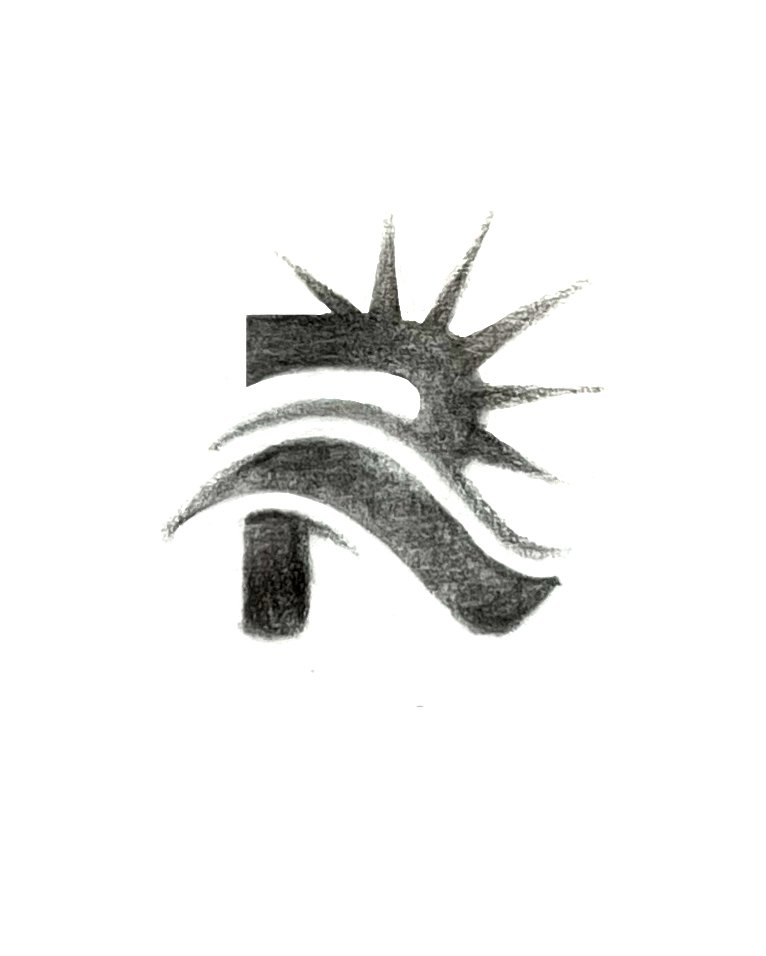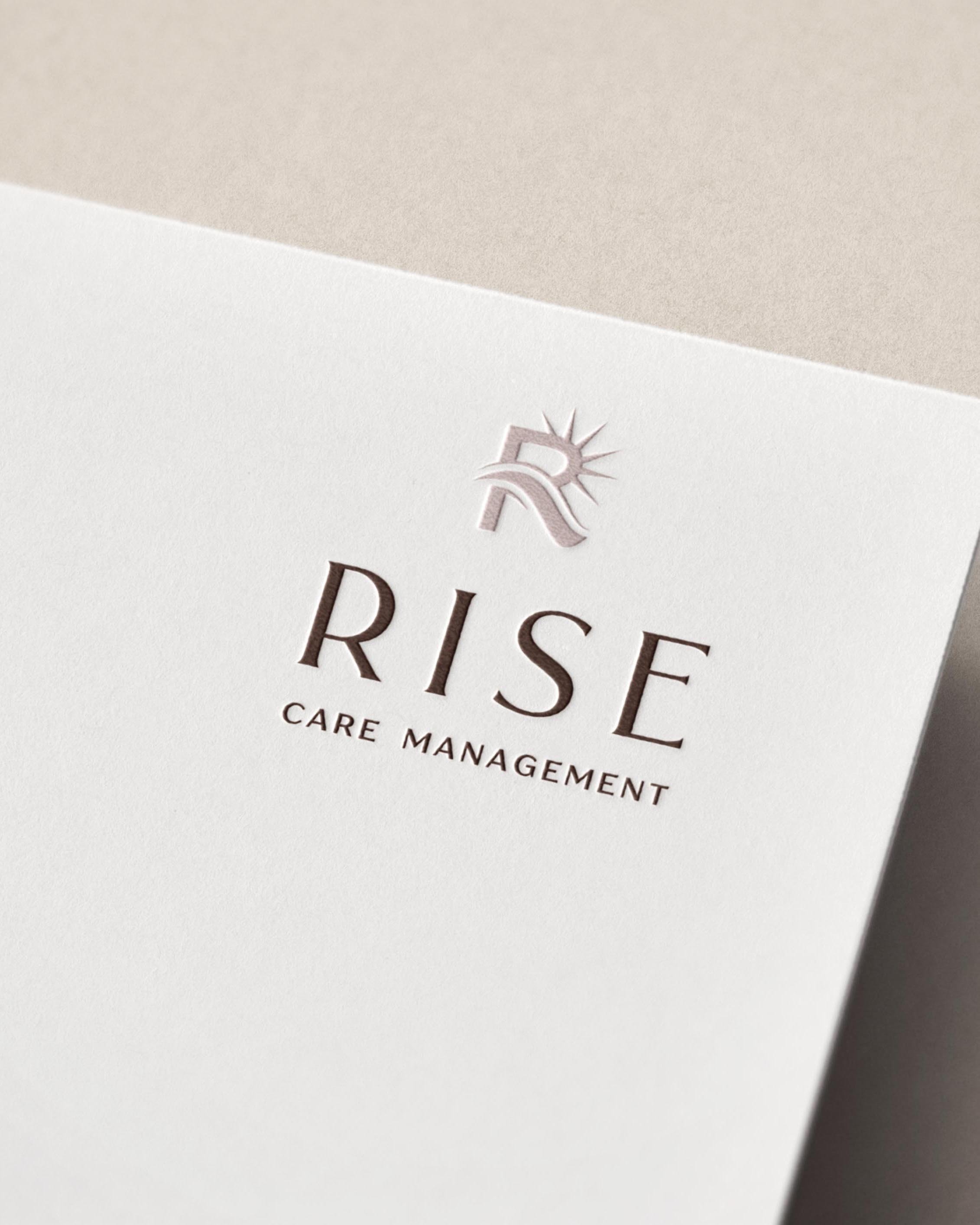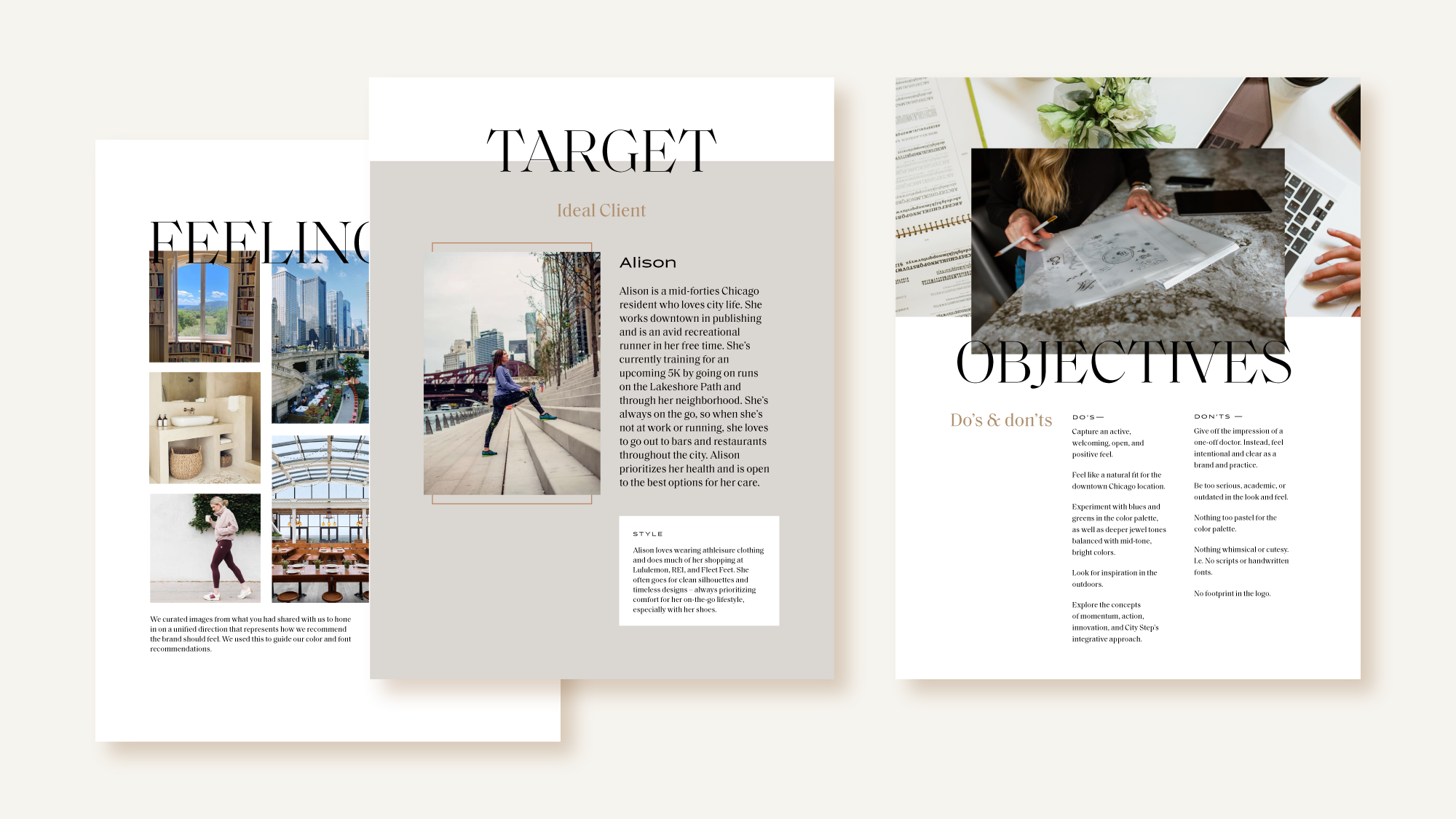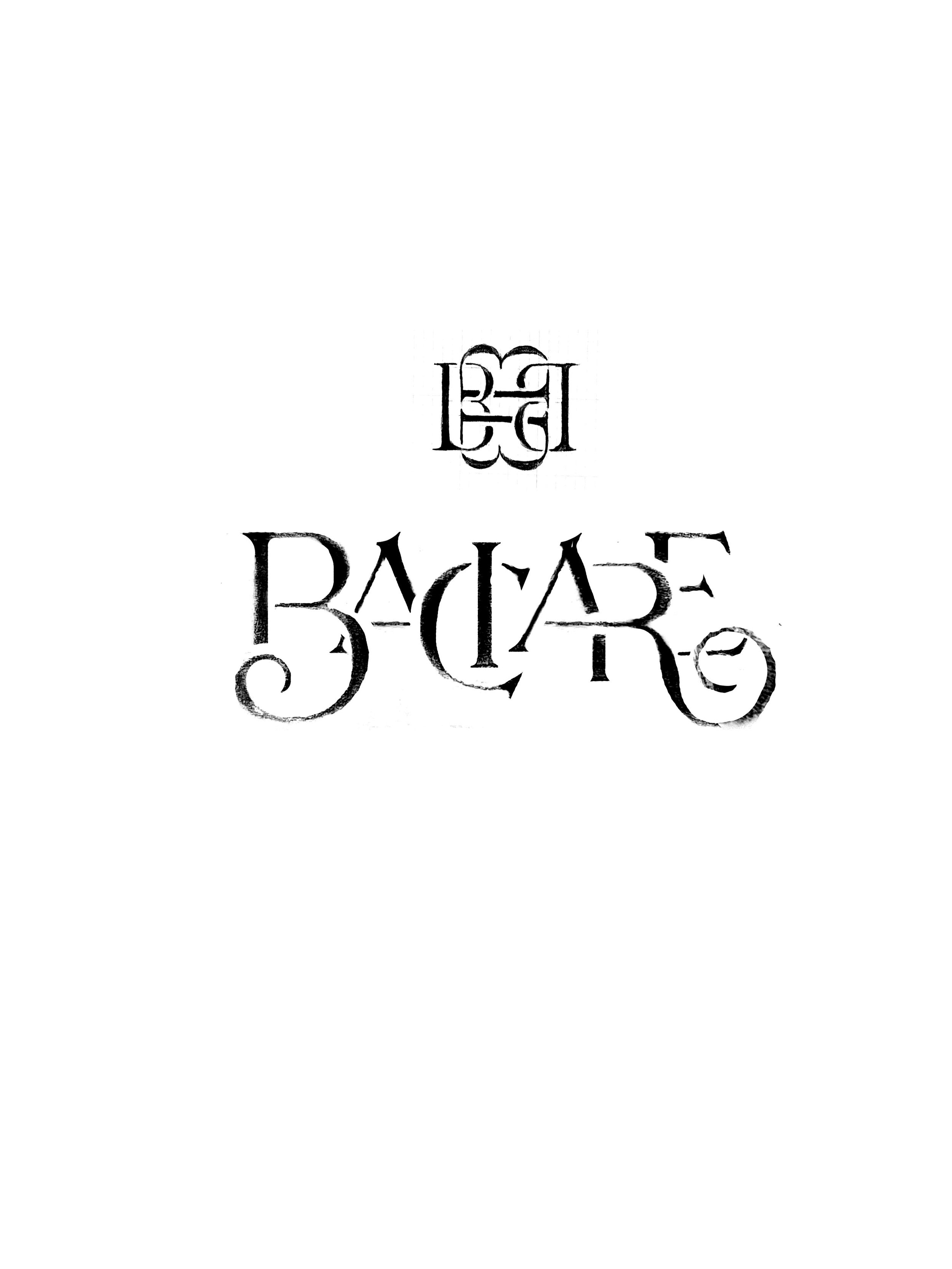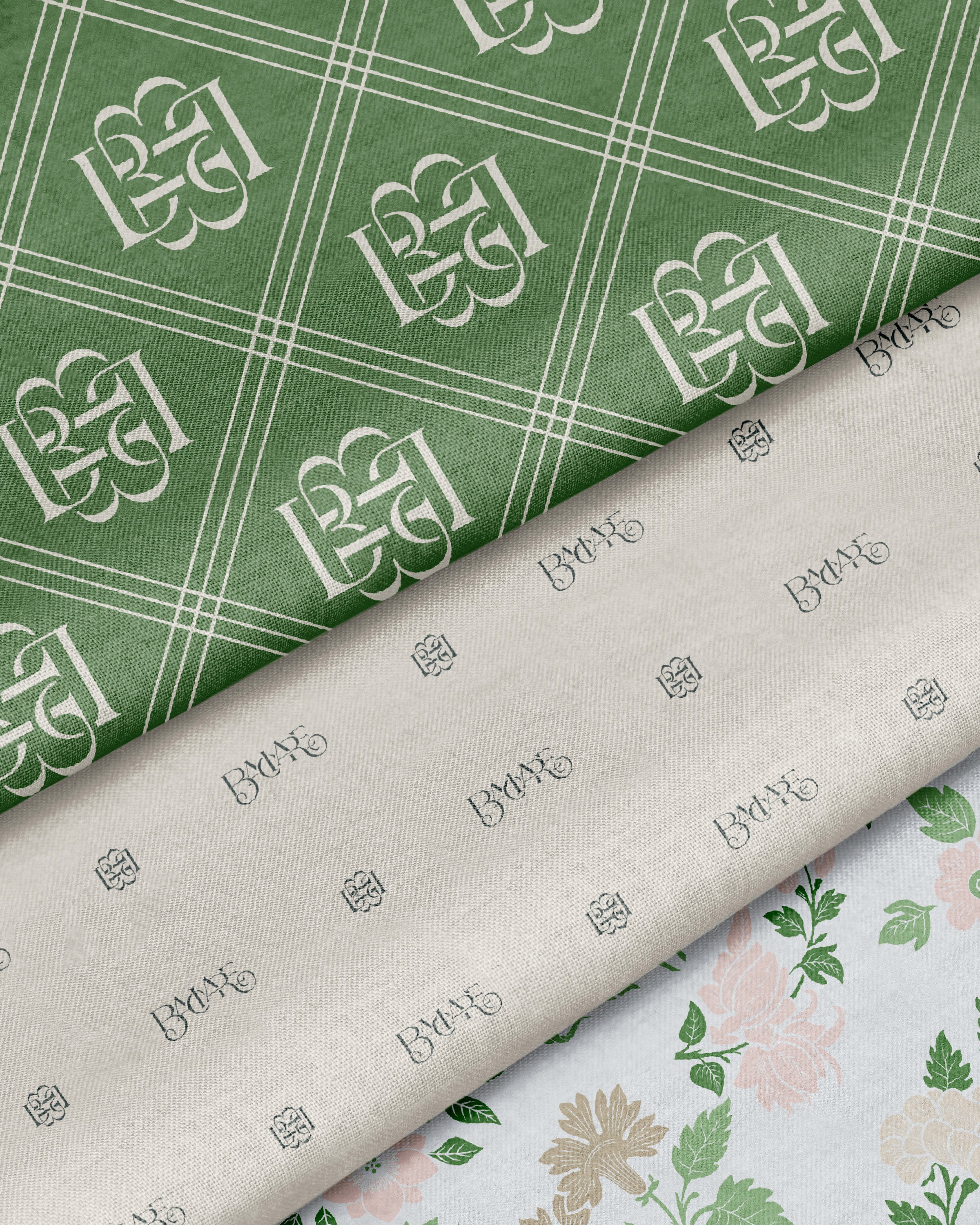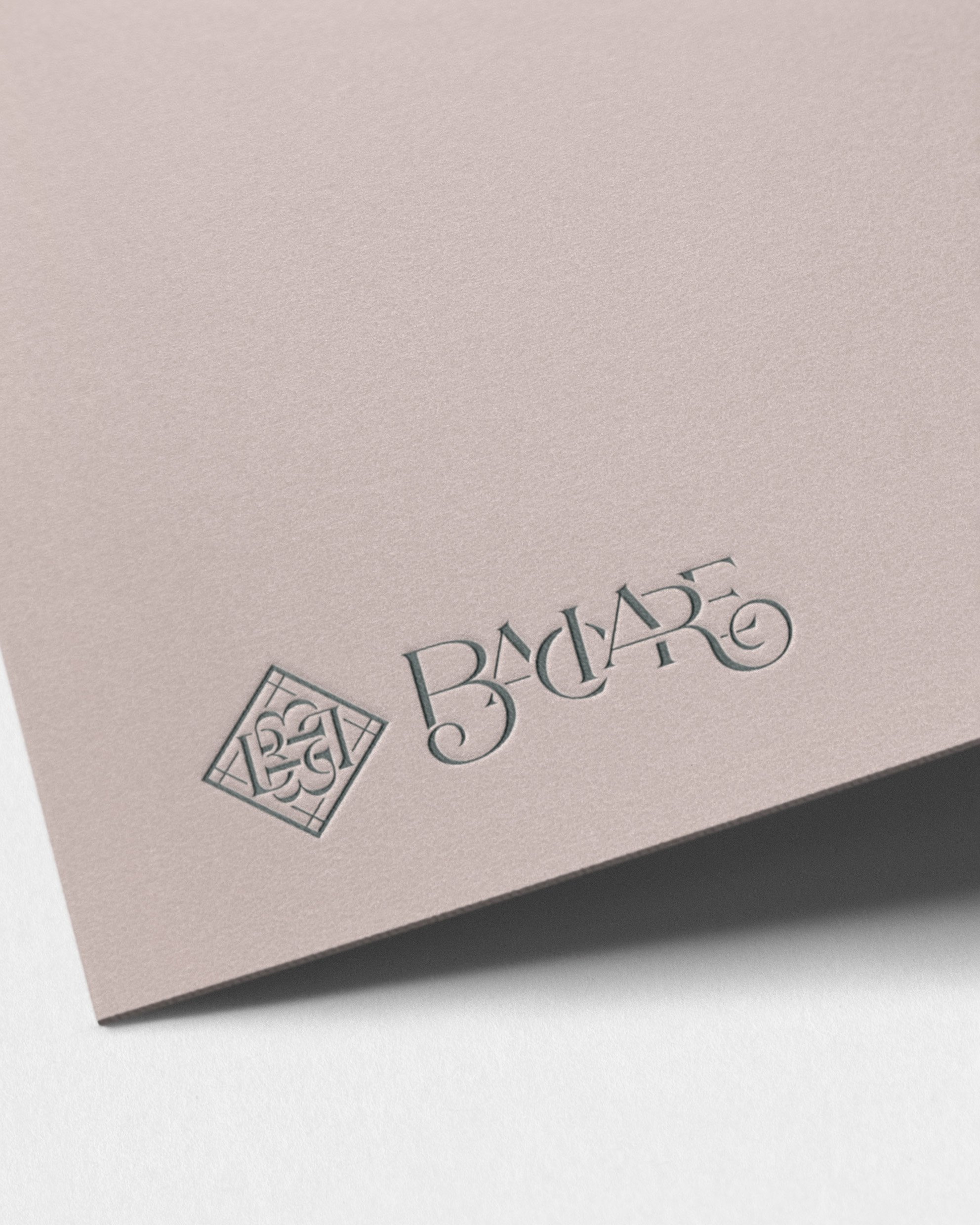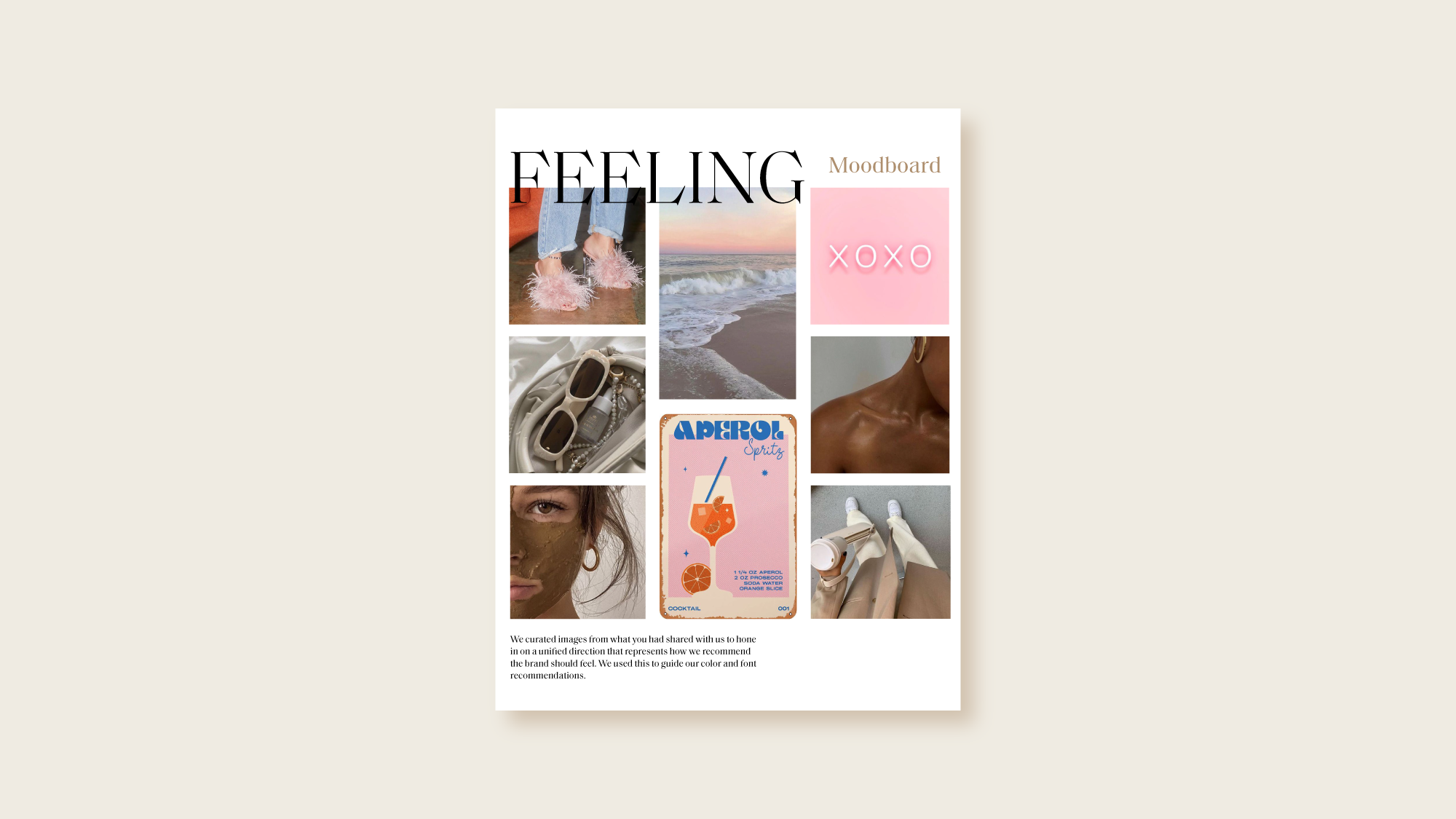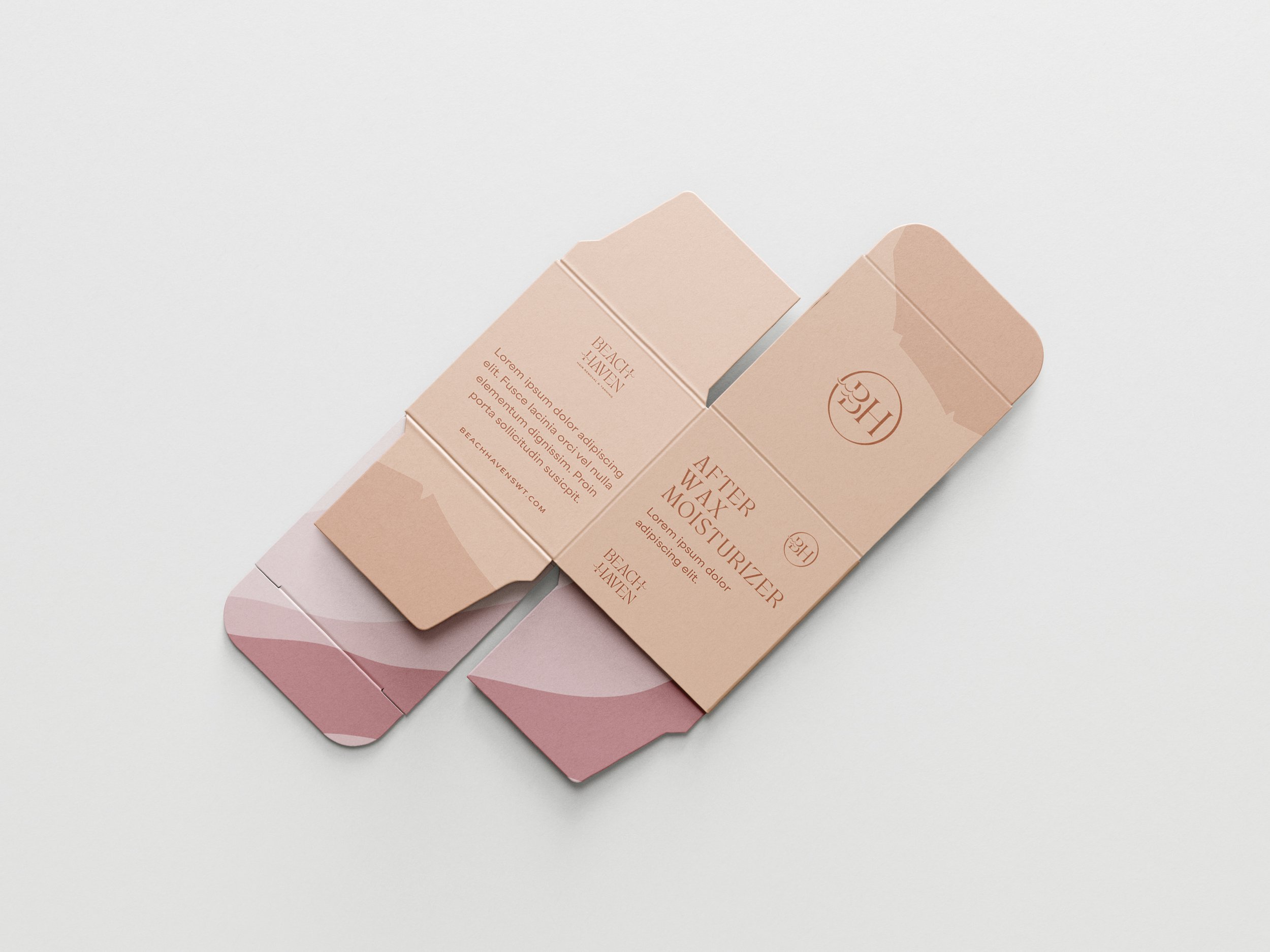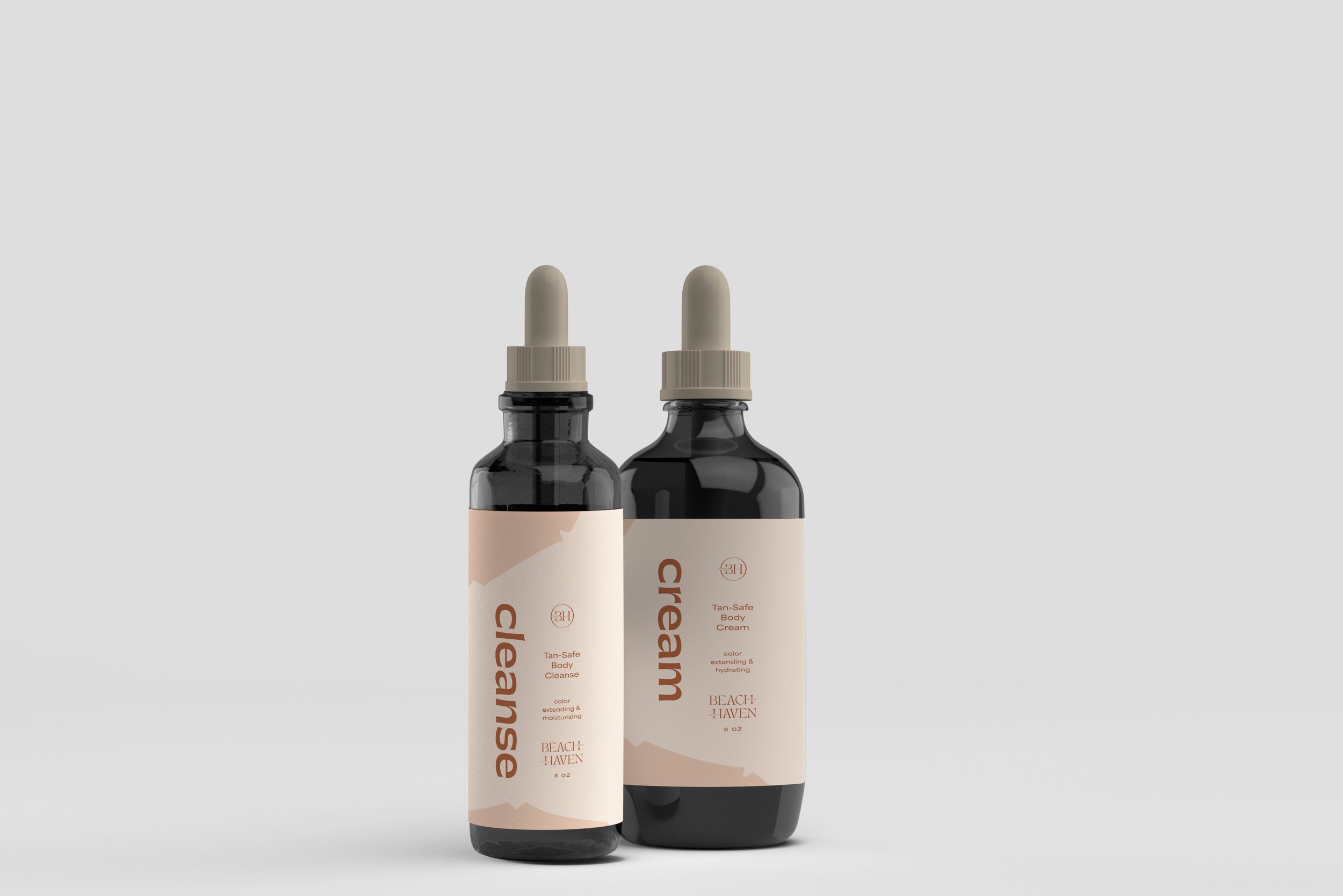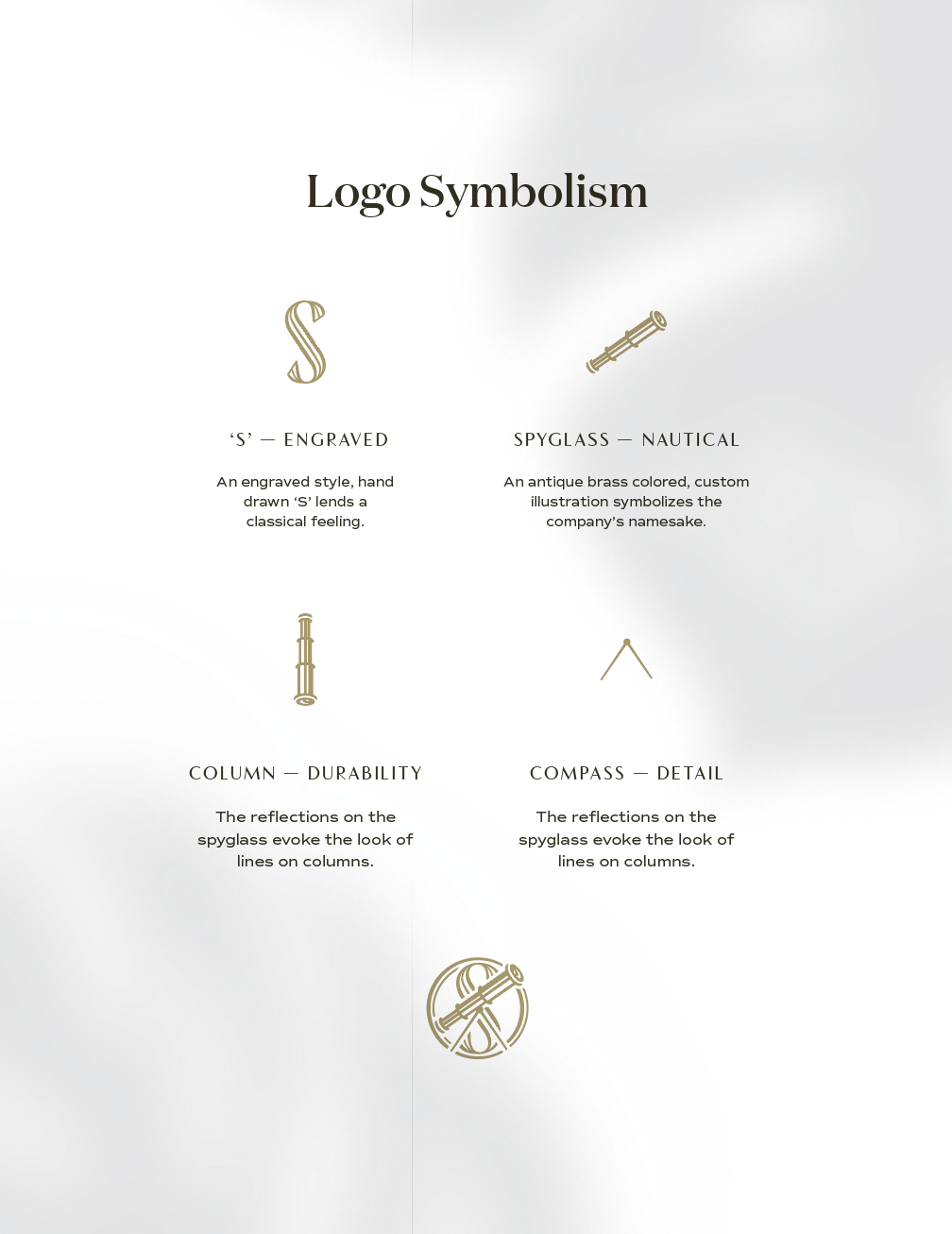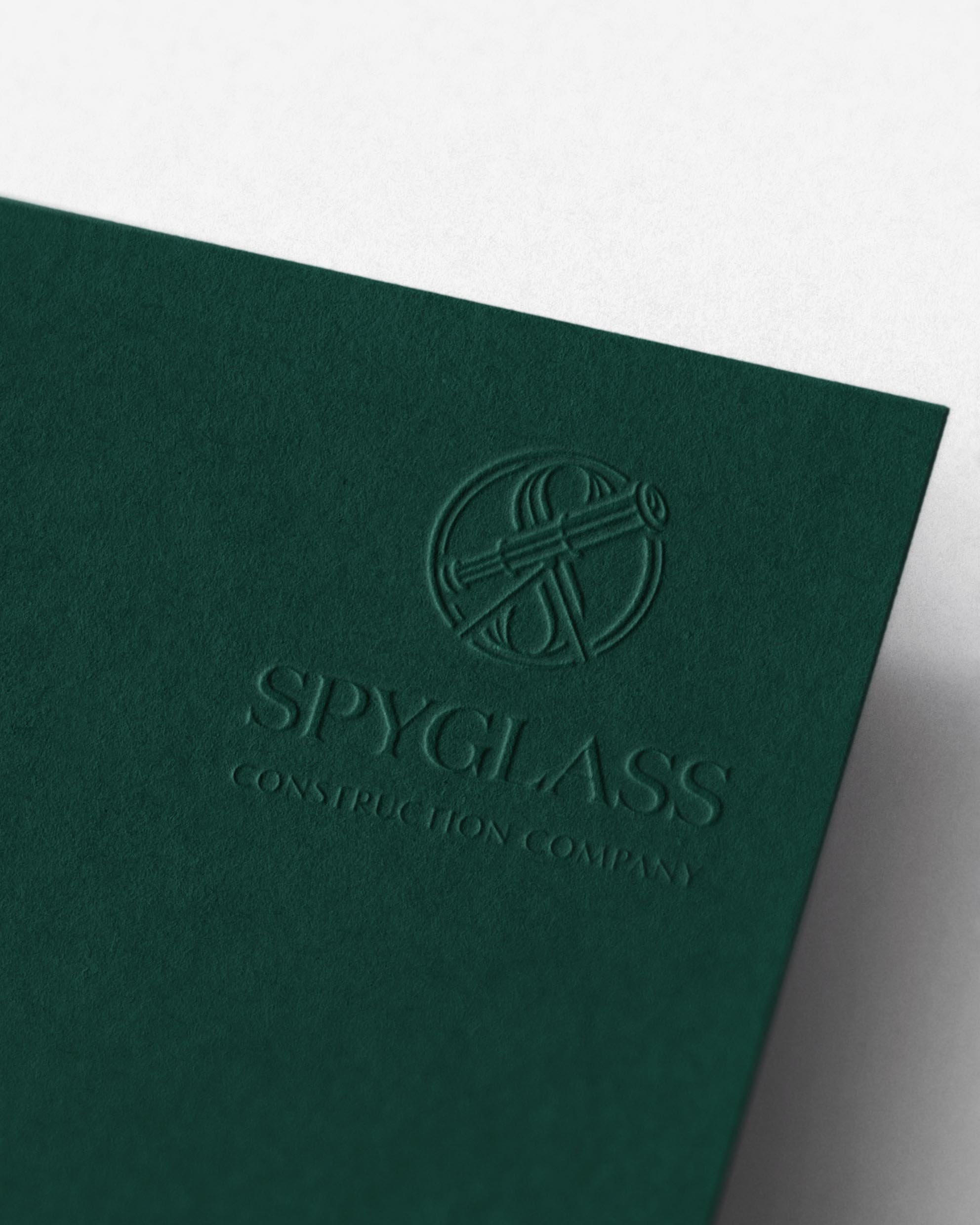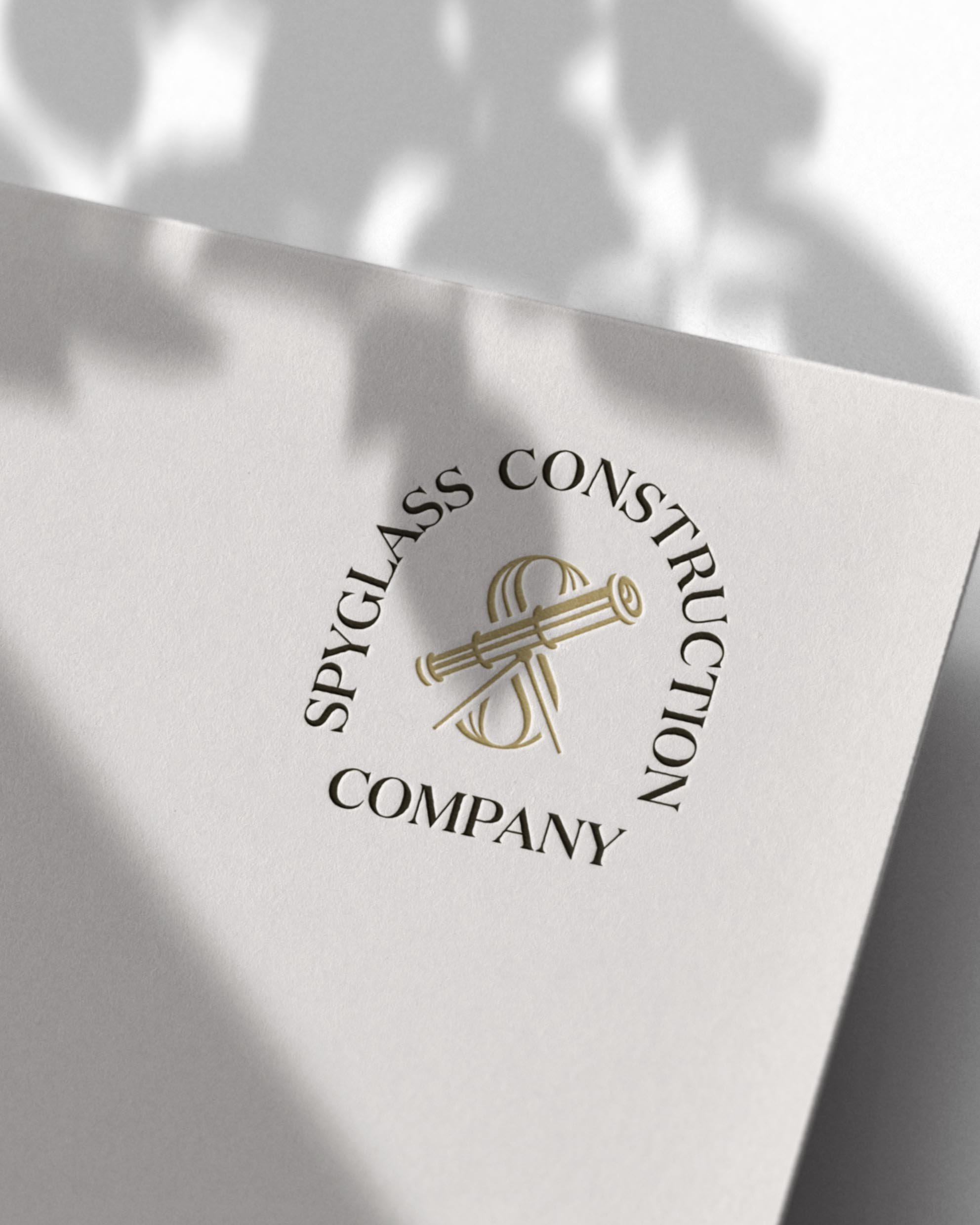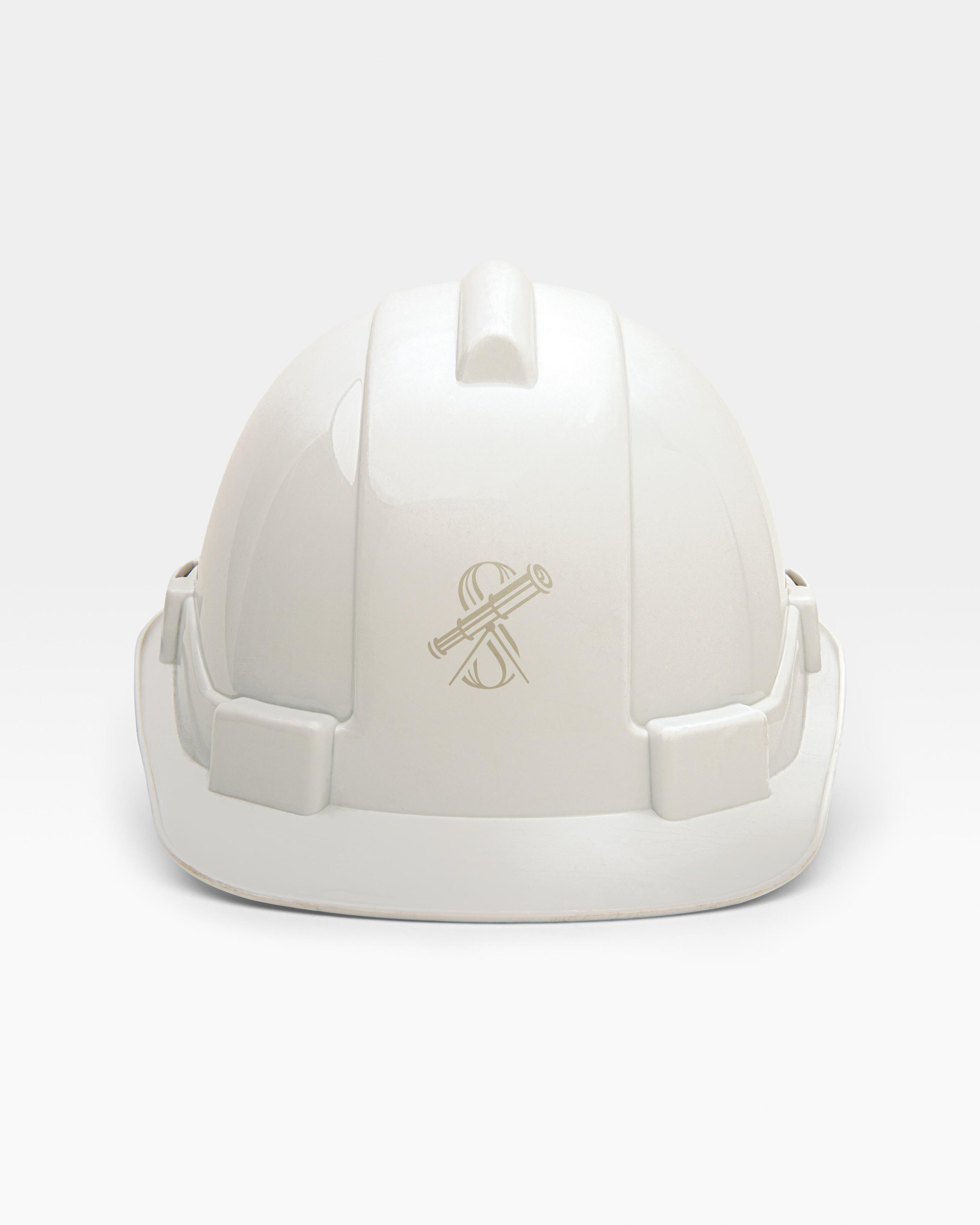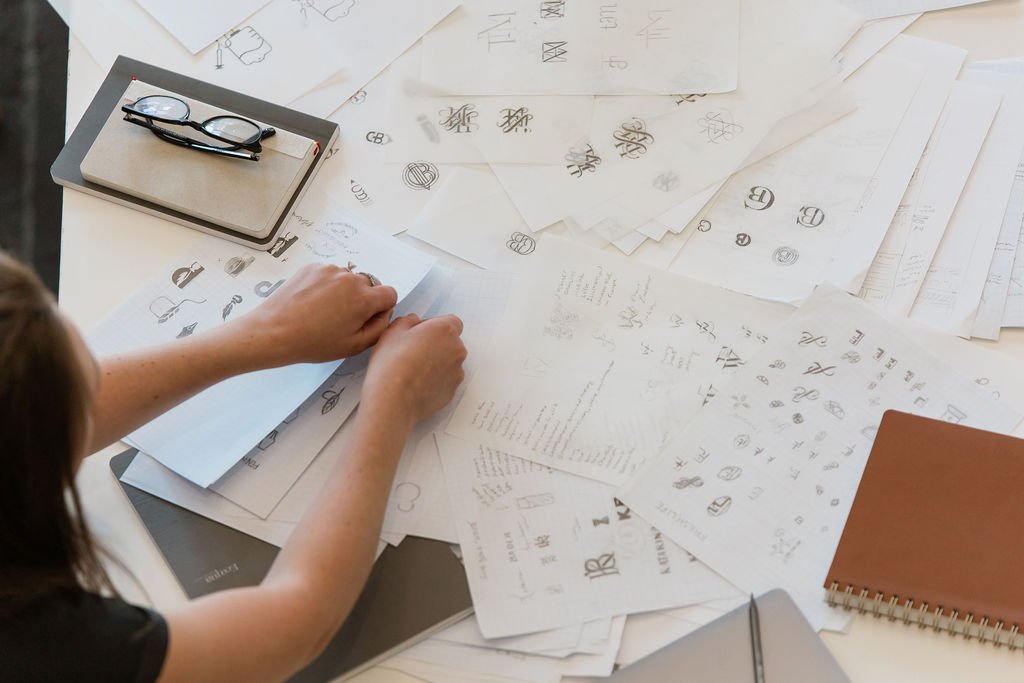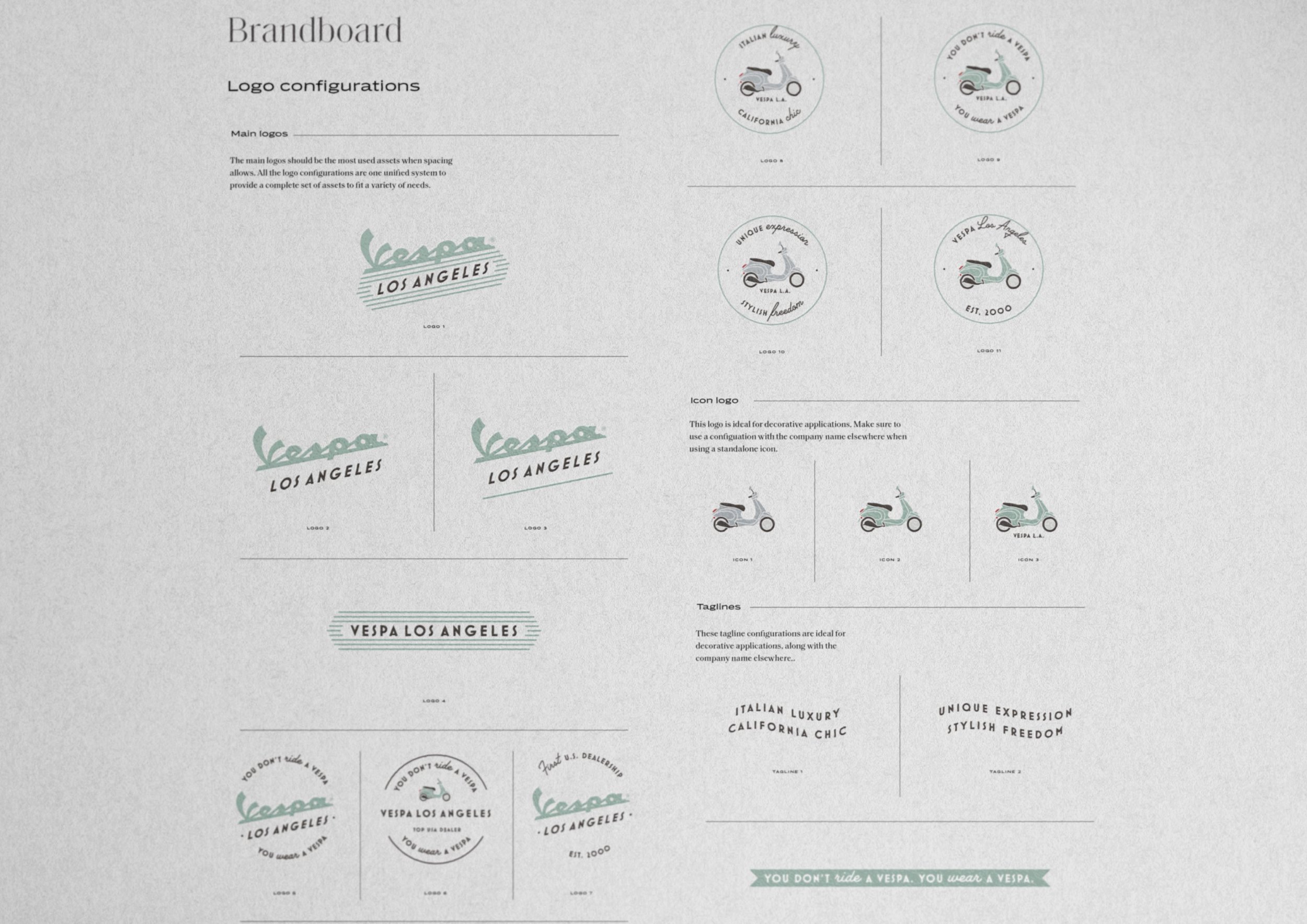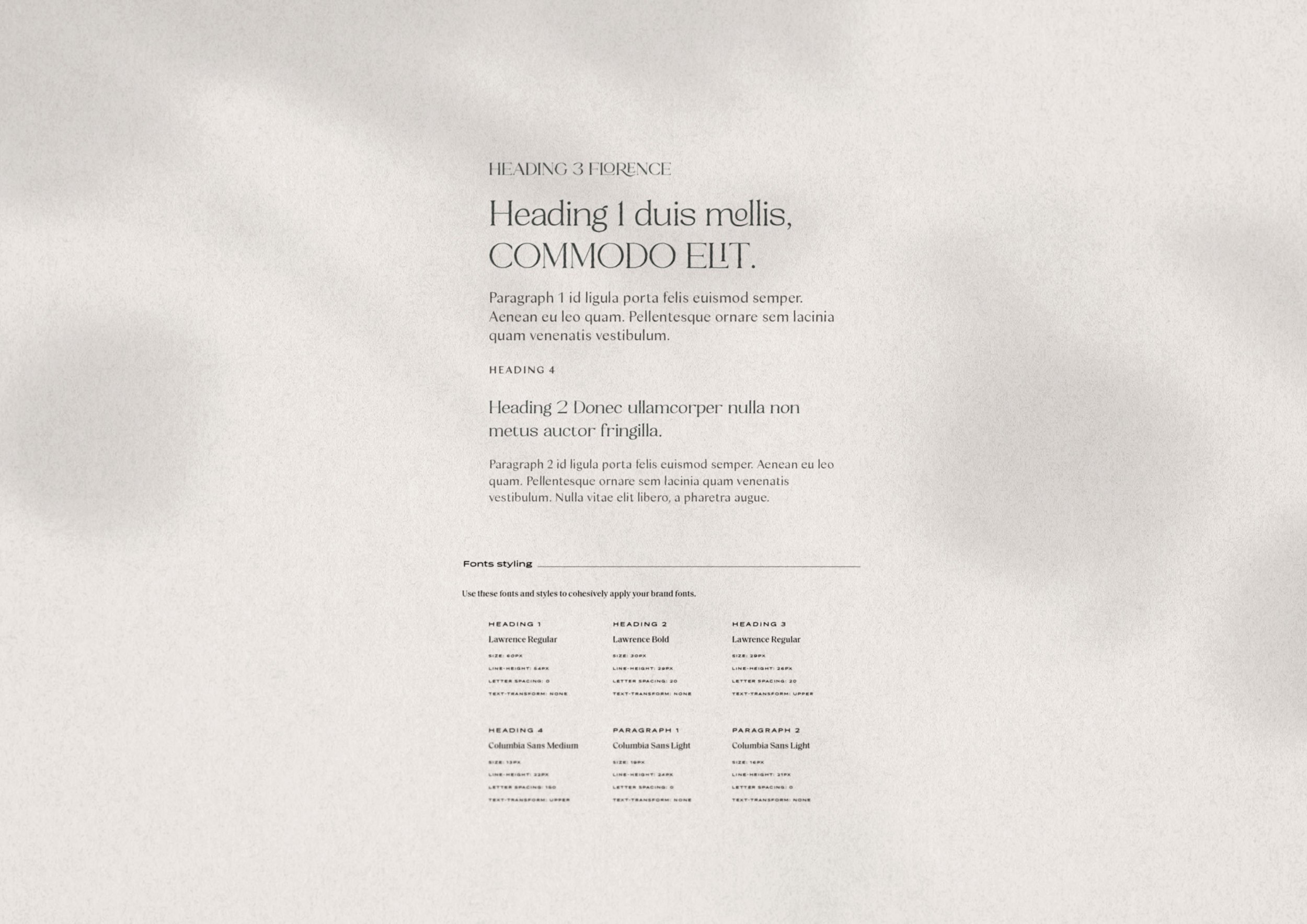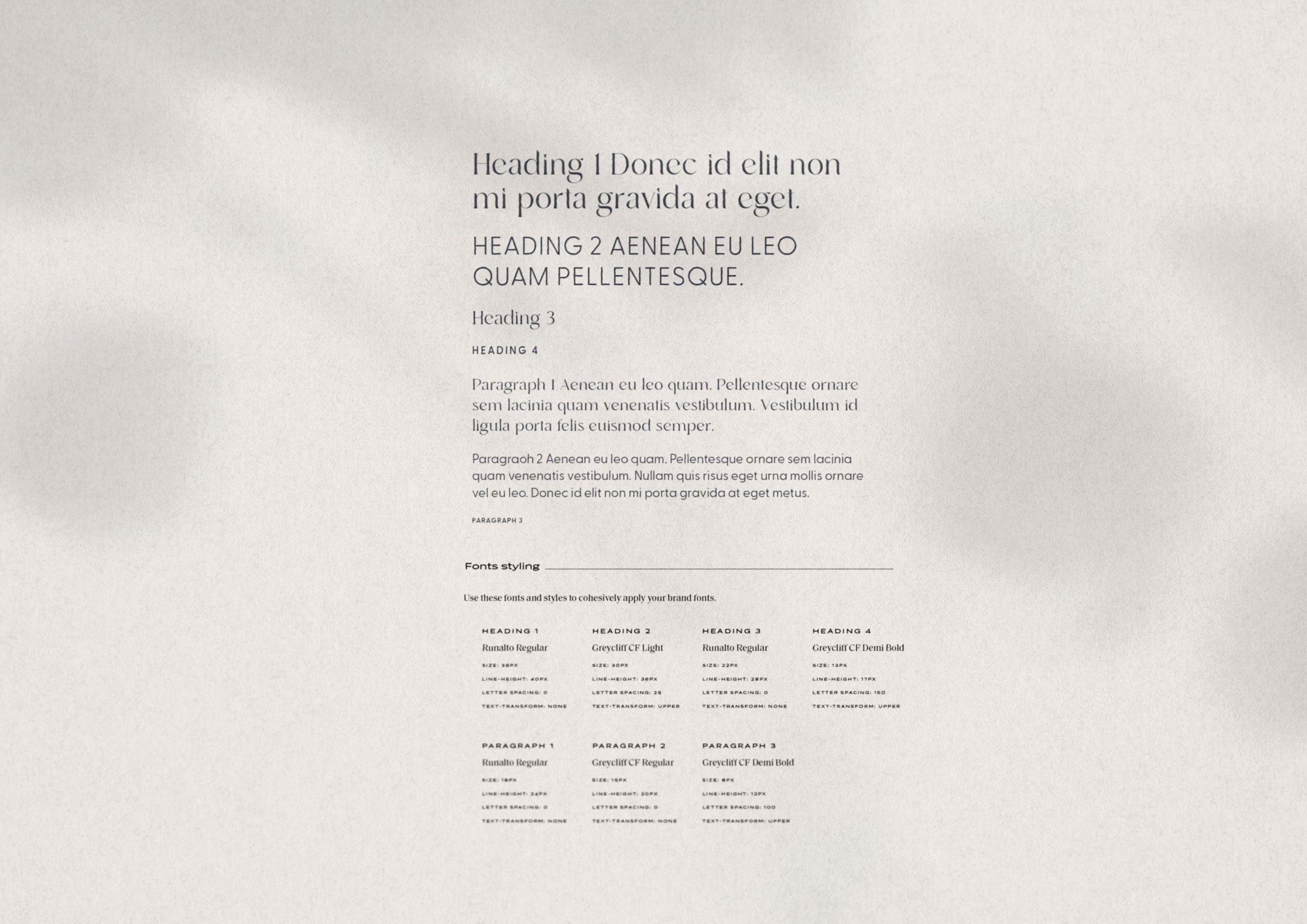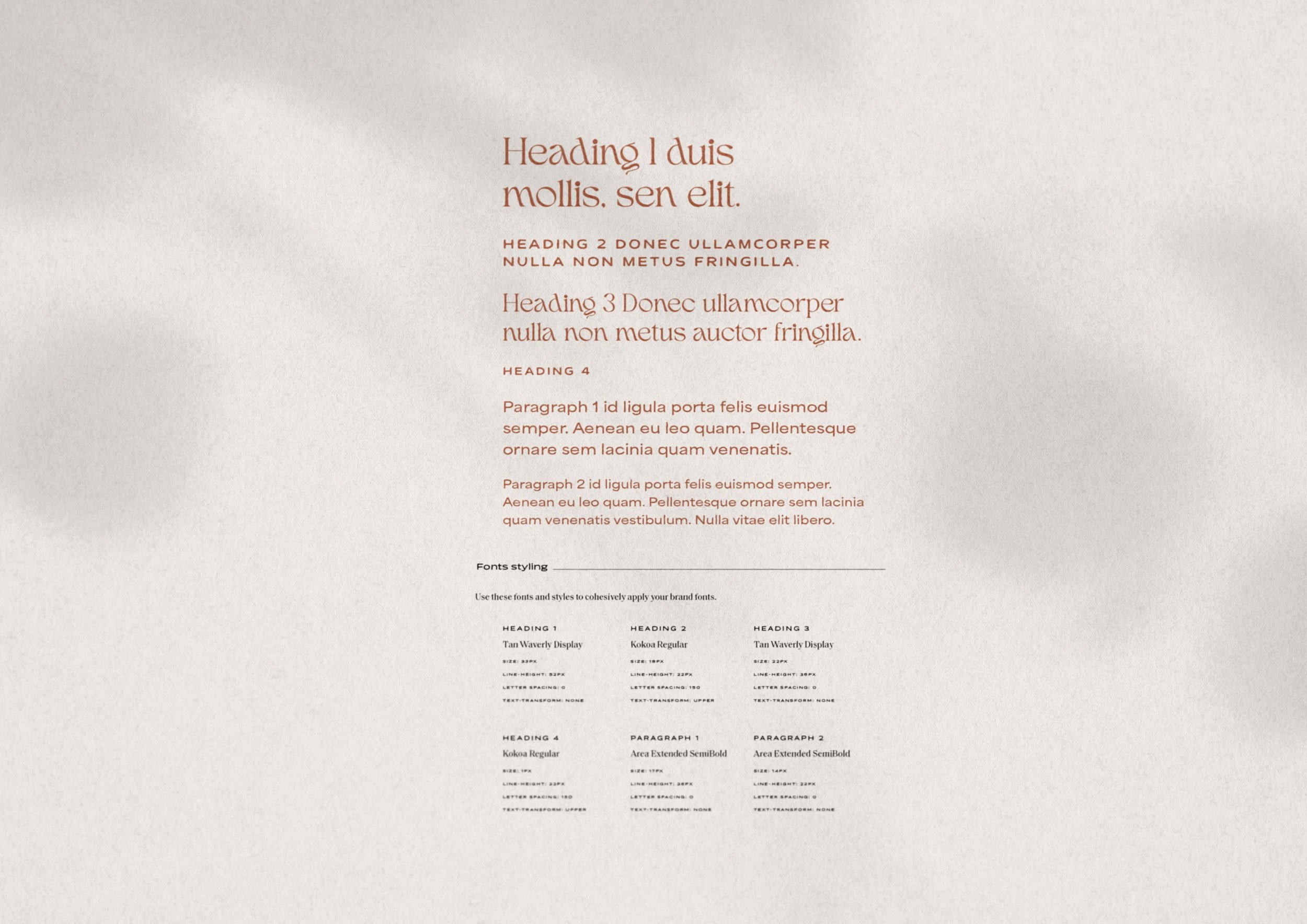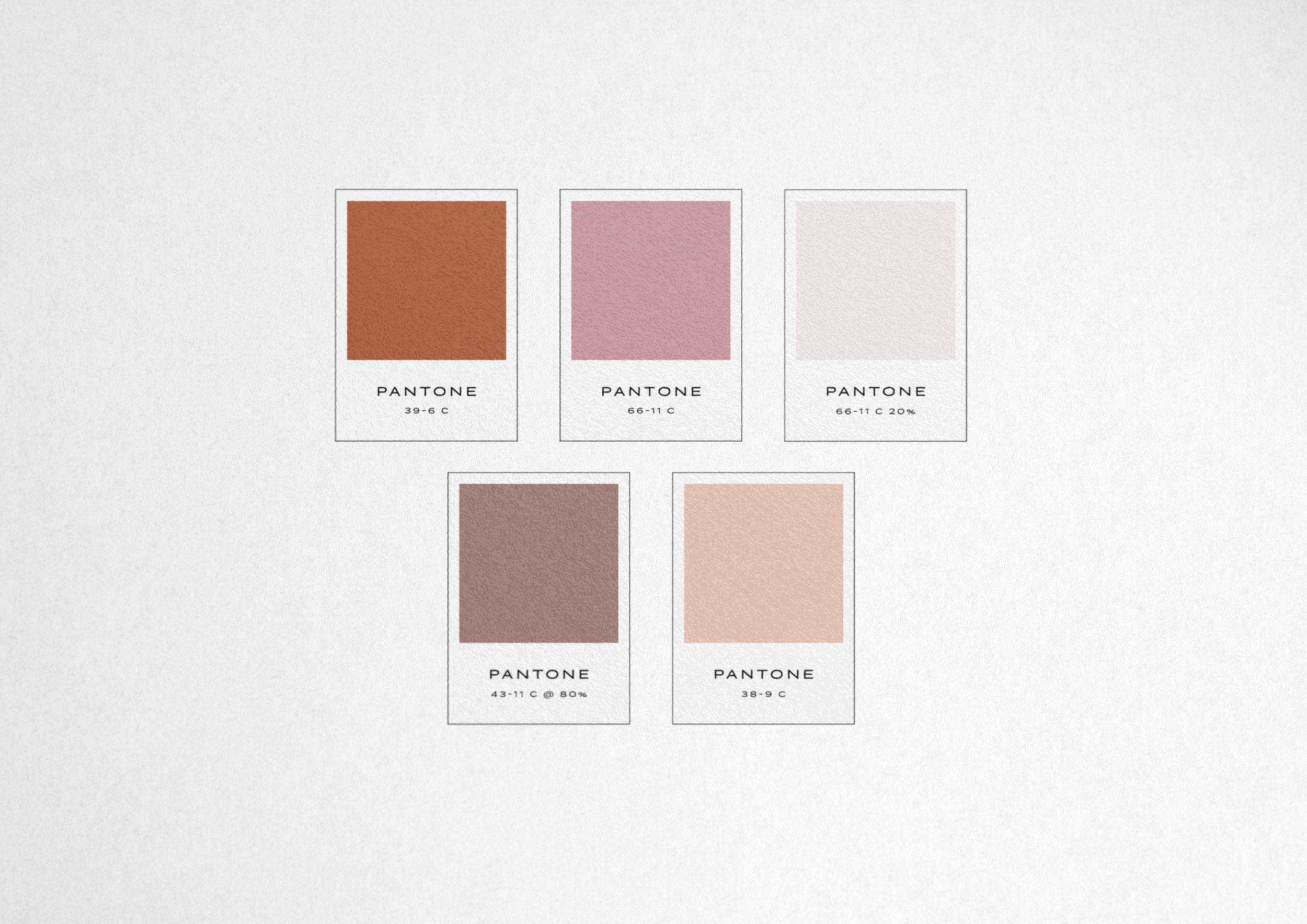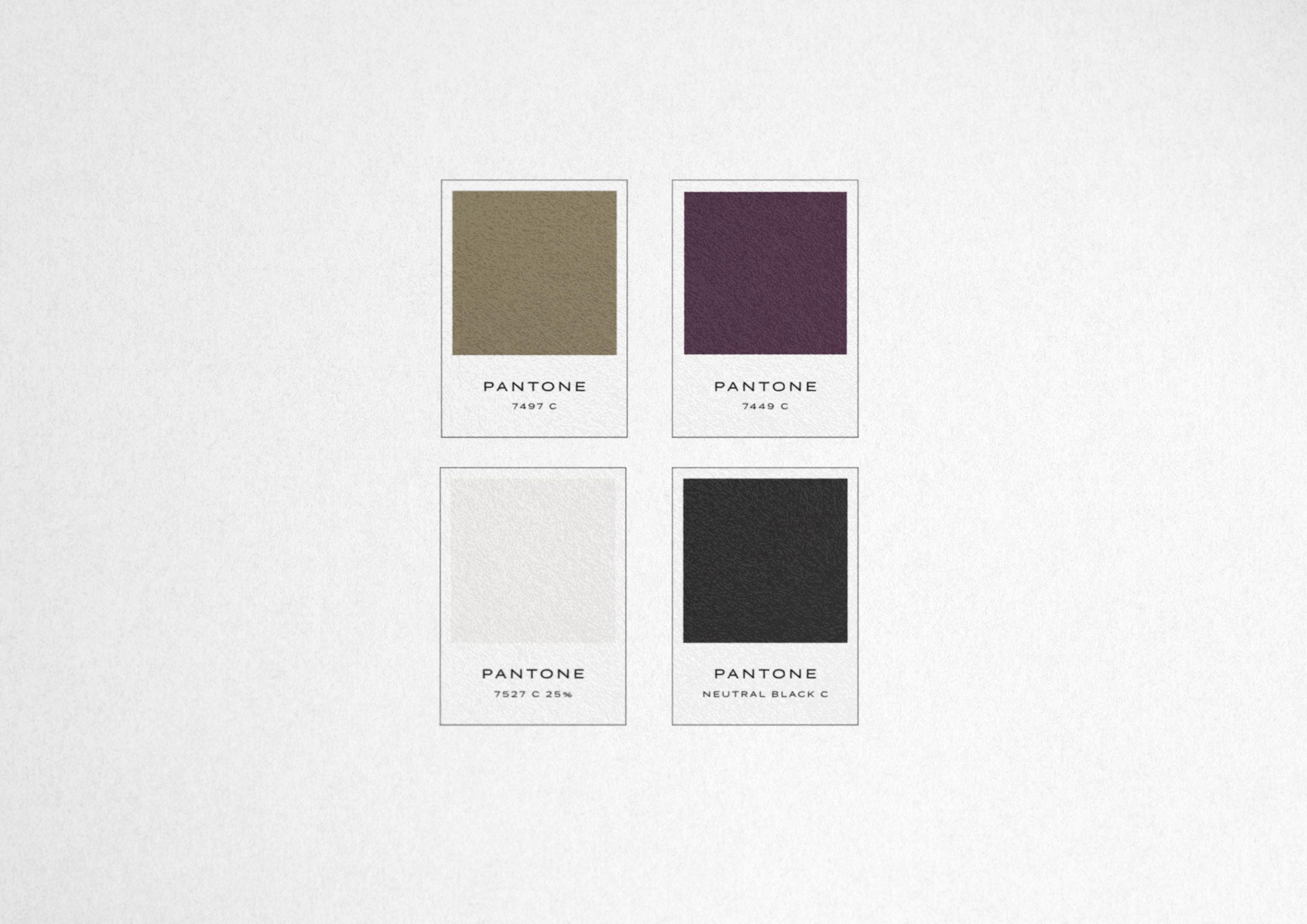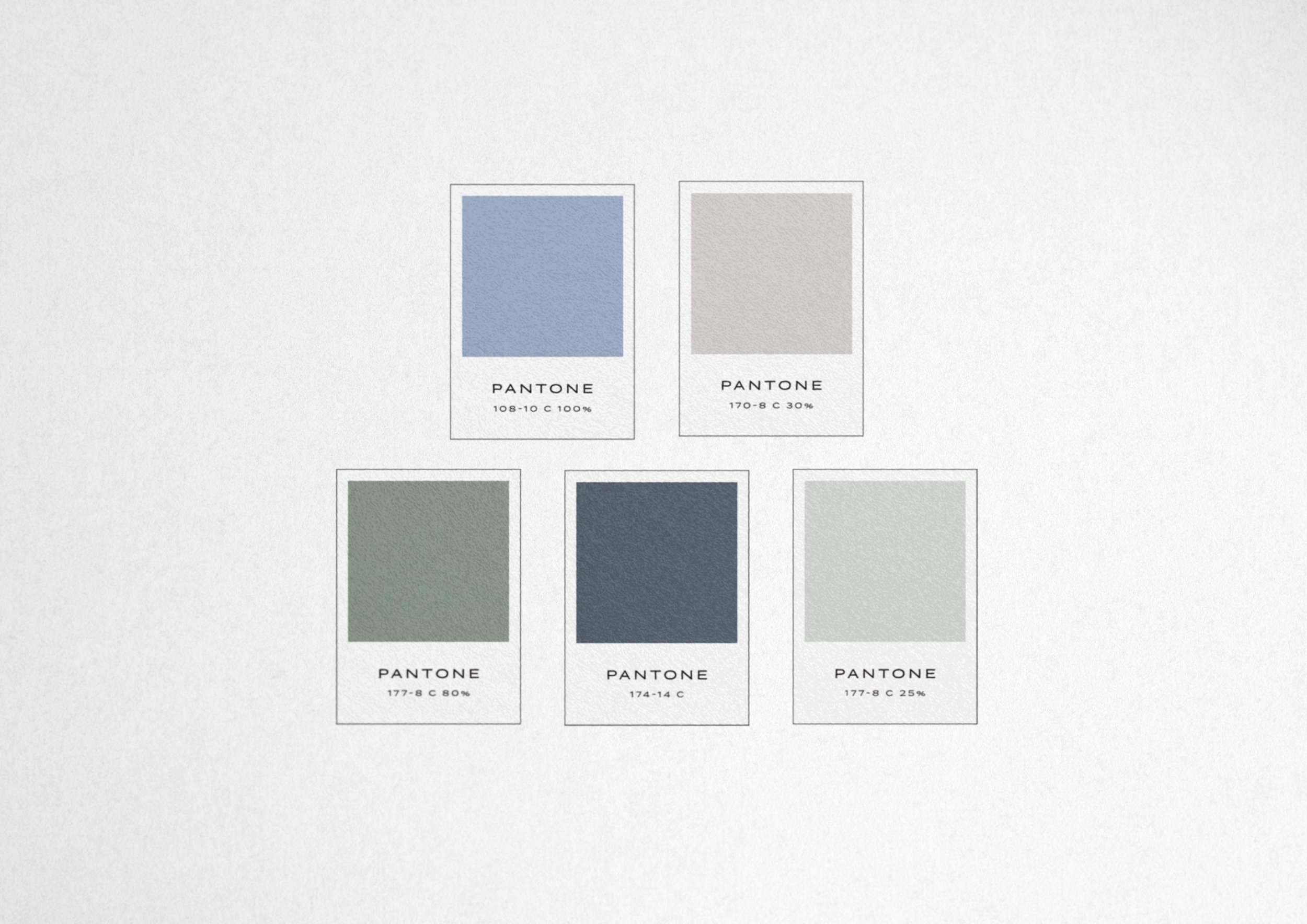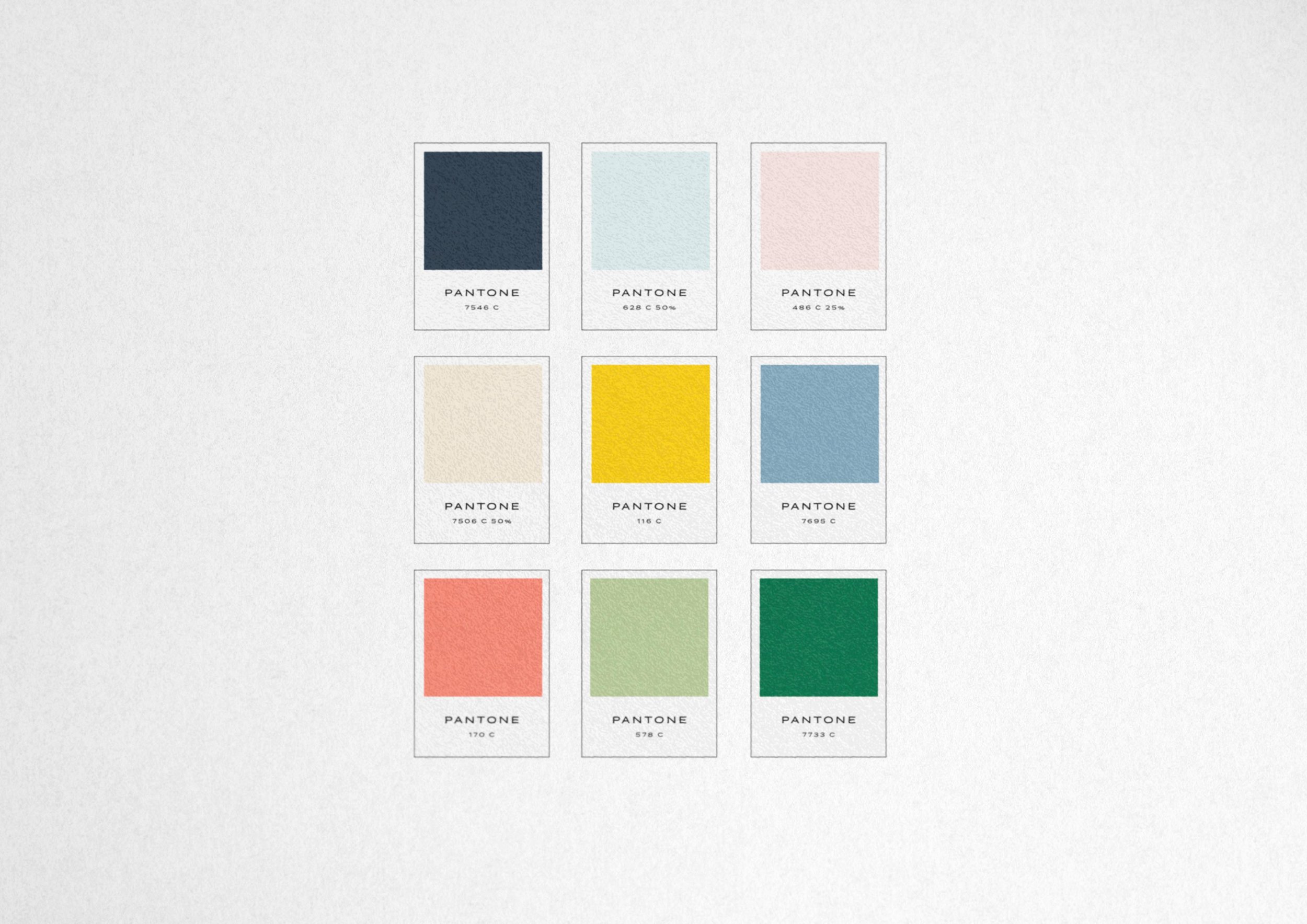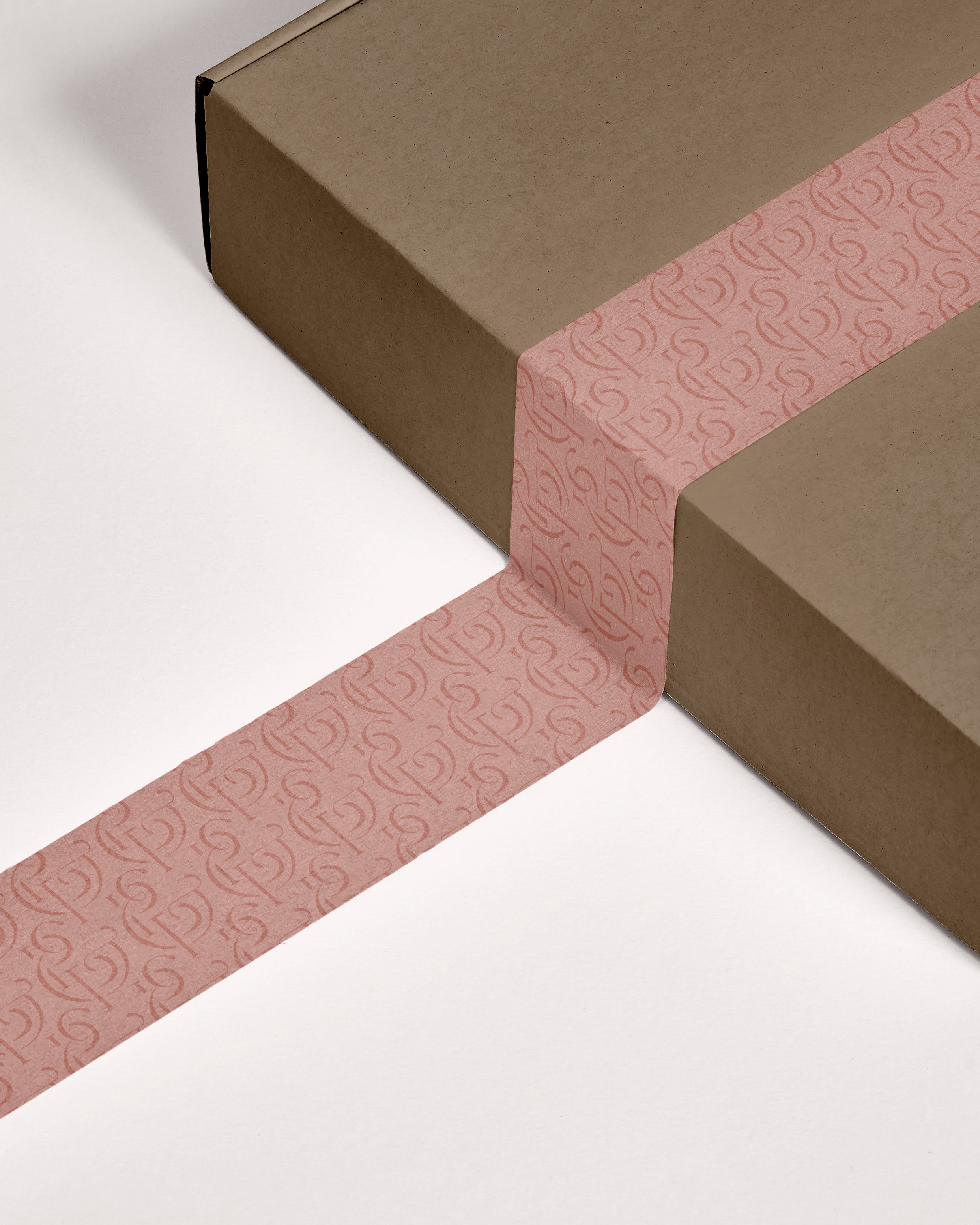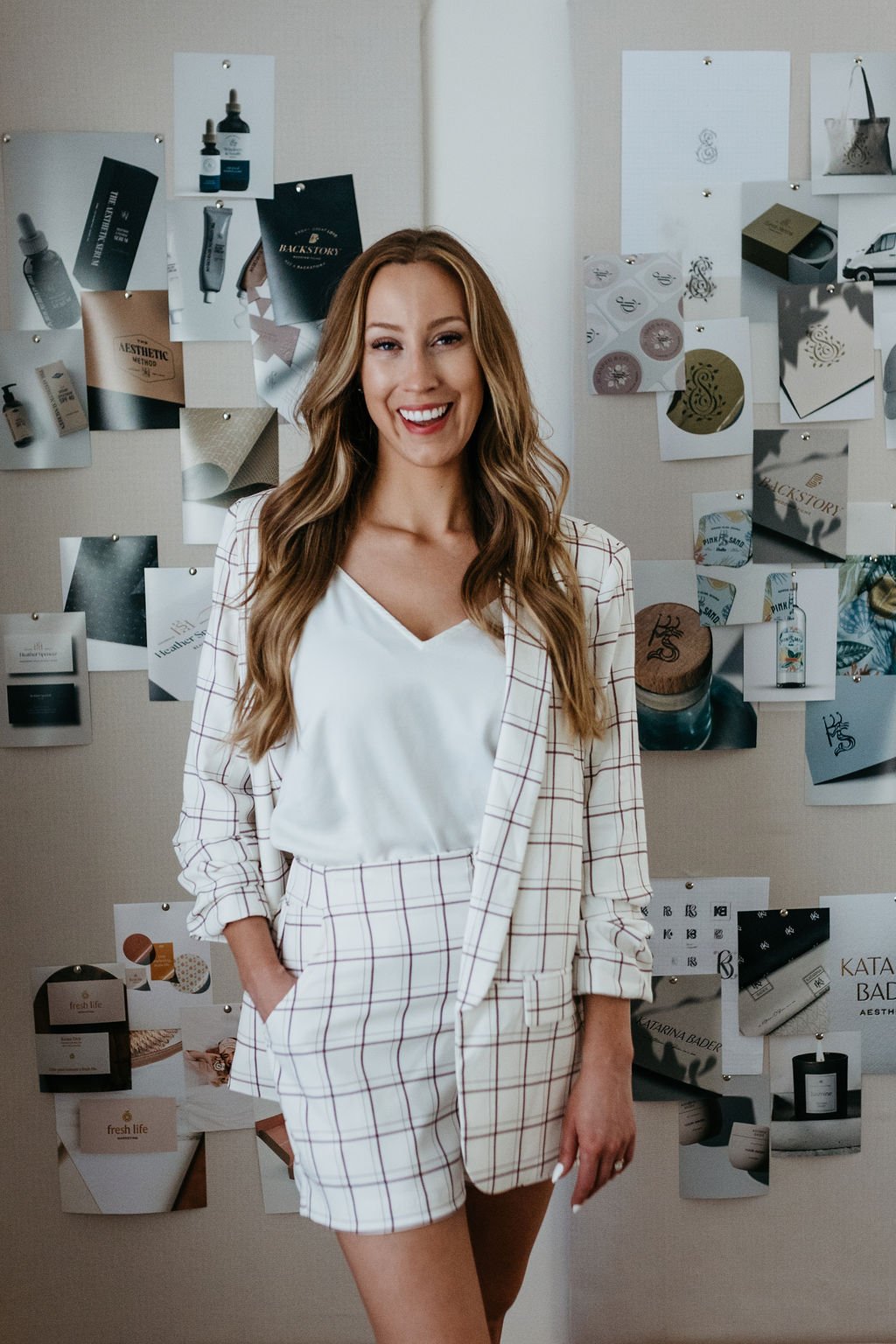Defining Custom Branding: How We Create Uniquely Tailored Brand Identities
What makes custom branding custom? There are plenty of "off-the-shelf" options available for all things graphic design and branding related from logos to websites. Just take a quick look at Creative Market, Etsy, and Canva — there are templates and one-size-fits-all solutions galore! For an enduring brand that truly stands out and scales revenue, a custom brand identity design process, tailored to your unique needs is imperative. Not to mention, based on our clients’ experience, going the premade route can often cost more in the end.
But “custom” can be just as hard to pin down and cliche as “authentic” is. What does it mean, anyway? How is a custom brand defined, and what promises can be made to you by a design firm, agency (or us!) about the basis of a brand’s uniqueness?
Well, for starters, a custom brand is NOT just a one-of-a-kind logo, though it certainly does include a clever concept that differentiates your business. A great custom visual brand is the sum of 3 things working together for your business. A custom strategy, logo, and visual identity all add up to a truly custom brand.
Custom Brand Strategy
Custom branding is about first uncovering your custom brand strategy. By starting with understanding your unique business model, value proposition, and target audience, we can then design something truly custom for your business needs.
How to define your unique brand strategy
When our healthcare space client Rise Care Management came to us looking for a custom brand, we didn’t default to recommending colors, fonts, or logo styles that existed within that industry. Instead, we started with what makes this business unique and the feeling it gives people that experience the brand. Then we crafted visuals to communicate that. We needed to understand the problems our client was solving with the product or service before providing a design solution. We asked key questions:
Why should someone hire this business or buy this product over a competitor? (I.e. brand differentiation)
What impact will this product or service have on the lives of customers and their families? (I.e. brand value)
How will people FEEL after experiencing this product or service? (I.e. brand promise)
Our client Rise Care Management helps adult children navigate the aging process their parents experience and provides several in-person forms of support. From assistance with filing insurance claims to planning for mobility and memory changes, Rise Care Management meets families in this process with compassion and respect.
What was apparent when we asked these questions is that our client is not selling an hourly package of support or medical liaison assistance — they are providing a service of relief, peace, and savoring limited time with family.
What is it that you are selling? It’s not just your product or service.
How to position your brand to convey how the experience and results feel
Consider what the impact, results, feeling, and experience is that you are selling. Start with understanding that and you’ll be on your way to a custom approach to your brand.
Want to be more custom with your strategy? Here are some of our favorite questions we ask our custom branding clients to uncover the unique positioning that’s needed.
5 Key Brand Strategy Questions
01. Brand awareness: How aware are people of your brand? What is your goal for brand awareness? I.e. list how many new inquiries or followers or another relevant metric you get each month.
We need to understand the past context and future goals of your brand to create something that fits.
02. Brand perception: How is your brand perceived? Do you want to shift that? I.e. list adjectives for how your business is perceived ( for example — an old brand may want to shift to be perceived as innovative or a cheap brand may want to shift to be perceived as more premium or a new brand may want to shift to be perceived as more credible).
We want to align your brand with your business goals. Uncovering any shifts you’d like to make is key. If you already have a brand, and are wondering if it’s time for a refresh, check out our article on 2 clear signs it’s time for a rebrand.
03. Ideal Client: List 12+ defining characteristics of your ideal client. Be as specific as possible!
Your brand needs to resonate with your ideal client. To achieve this, we need to get to know them well!
04: Personality: If your brand was throwing a brand event, what would it be like? Be authentic and describe in detail!
We love asking our clients to describe the sensory experiences of their brand event: what would it look, smell, and sound like? This helps us narrow in on the feeling the brand should evoke.
05: Differentiation: What has become the norm or the expected in your industry? What could you do that is DIFFERENT and unexpected instead? (Note: this isn't necessarily about cost.)
Leaning into what makes you unique will set you apart from competitors, and should absolutely be communicated by your branding.
Our custom brand strategy process:
The way we incorporate custom brand strategy into our signature process is by beginning with listening. Our first step is what we call “brand research.” This includes our in-depth online branding workbook, a one-hour brand strategy consultation, and a 20+ page PDF research brief.
This collaborative phase of our branding process allows you to share your vision for your business with us and for us to distill it down into your brand strategy. You come away with a clarified brand mission, a visual brand dictionary, a curated brand mood board, and a refined ideal client avatar. We take all this information into our next step, which is the design consulting phase. Learn more about our process and services here.
Custom Logo Design for Brand Differentiation
How to land on a one-of-a-kind logo
A big part of how unique a brand looks is how custom a logo feels! How can your logo be extra special? Three things make a logo custom — it’s original and crafted for you, has custom nuance, and brings in unique meaning for your business.
1. Original, hand-drawn origins.
Land on a creative concept by exploring pencil sketches of concepts that capture your business name, ethos, and vibe. This allows you to get a lot of different ideas out onto the paper. It’s a great way to have a safe brainstorming space in a creative process, and ultimately arrive at a much stronger idea in the end as a result.
When we worked with luxury wedding planning firm Baciare Events, we wanted the brand to look premium and iconic. By drawing out the B in multiple configurations and formats, we arrived at something luxe. While we could've just sat down at the computer and whipped up a logo in Adobe Illustrator with the first thing that came to mind, it would not have been as unique or memorable. By experimenting on paper first, we were able to design a much stronger brand that our clients will be able to use for years to come.
For every striking logo you see, there are probably dozens of ideas and sketches that didn’t see the light of day, but were paramount to leading to the end product.
2. Nail the nuance.
A logo isn't just a letter or a symbol. It's a vibe! Design is a visual language for your business. It isn't just what your company says, but how your company says it. Is your business upbeat, energetic, fun, or quirky? Is your business calming, trustworthy, warm, inviting, personable, or expert-oriented? Most likely, it's a mix of many different adjectives. We love honing in on and creating your style.
When our personal care, cosmetics, and spa client Beach Haven came to us, they had a vision to go beyond industry norms. Not only were they booking an extensive list of a ‘la carte hair removal and tanning services, but they also had plans for their skincare product line in the works!
We wanted to capture the vibe of their vacation-ready services and give a nod to their “take me away” coastal name.
Here’s an excerpt from our research brief for the goals for this custom logo:
“Go for a classy, minimalist, feminine, and flirty vibe, with hints of groovy and vintage mixed in
Exude comfort and confidence”
Want to see how we did? Here’s the result!
Waves — The curved part of the B flows into waves, making the logo instantly recognizable to its namesake.
Tanning & Waxing — The waves radiate out of the B like hair or sun rays — apropos for both tanning and waxing services.
Vacation Vibes — The wavy lines feel reminiscent of hand-canceled postage when sending vintage postcards home on vacation.
We loved capturing the nuance of this beauty brand for not only our clients – but for THEIR clients!
3. Incorporate logo symbolism.
Your logo is more than an aesthetic accent, it is a symbol that represents all you sell. So, when you can layer in meaning that makes sense for your industry, it’s even stronger.
When Naples, Florida custom home build company Spyglass Construction came to us, we helped them refine their tagline to their essence: “Impeccable construction solutions.”
Knowing that a nod to durability, quality, and craftsmanship was key, we went about figuring out how we could craft a brand mark that made sense with their namesake and communicated these brand values!
Here’s how we did just that:
‘S’ – Engraved: An engraved style, hand drawn ‘S’ lends a classical feeling.
Spyglass – Nautical: An antique brass colored, custom illustration symbolizes the company’s namesake.
Column – Durability: The reflections on the spyglass evoke the look of lines on columns.
Compass – Detail: The compass detail lines symbolize how Spyglass guides clients to impeccable construction solutions.
The final logo is full of symbolism, representing the durability, quality, and craftsmanship Spyglass is known for.
How to ensure your brand mark is exclusive and proprietary
Avoid Generative AI for logo design. Websites like Looka, BrandCrowd, Design.com, and LogoAI make promises of a free logo in minutes. While it might seem like a great idea to let AI invent a “never done” concept, AI at its core (at this stage) is simply a fancy search engine, literally compiling iterations of what has been done before. Also, who’s to say that AI won’t give the same “unique” concept or design to someone else? Issues of intellectual property abound with AI in its current form and a brand is too valuable to risk not owning it.
Steer clear of sourcing graphic design inspiration on Pinterest, Canva, and Creative Market. You will likely end up accidentally using an idea that won’t be exclusive to you, especially if you are looking at existing brands or brand kits for sale for your industry. While these inspiration tools and retailers of assets can be great components of a creative process, it can be dangerous to jump to the end product and skip honing in on something that captures your unique vibe.
Don’t copy your competitors. We hope this goes without saying, but in the 10+ years we’ve been in business, it’s been surprising how many requests we’ve had to decline to use a competitor’s branding as the starting place. Instead, we redirect you back to why you started your business and what your mission is. We understand it’s tempting to want to use something that’s been done before, and that “works,” but this is the surest way to make sure you DON’T innovate and you don’t stand out!
Do an image search on your idea. Upload the main logo mark and search for it to see if something similar is already in use within your sector. Or, try typing a description of the logo into Google and see what comes up in the image search.
Work with a designer who takes the time to understand your business model and has a step-by-step creative process that allows them to come up with something unique for you. While creativity can be mysterious, asking questions like “What are the milestones that lead up to the logo” or “How do you ensure a custom design” is helpful to understand a bit of the magic.
Work with an IP lawyer. You have the option to trademark just your company name or to trademark the logo itself. Talk with a lawyer about the pros and cons of both options. Depending on how long you will use the brand mark and how many products it will appear on, it might be worth giving yourself legal recourse if someone else pops up with something that will create brand confusion on their products.
Take our quiz. Wondering how to assess the strength and ownability of your logo? Take our quiz to assess your brand mark on 7 key points, from strategy to scalability to exclusivity.
Our custom logo process:
For every full custom branding project we take on, we sketch 30 to 60 different pencil sketches for brand mark ideas. By brainstorming lots of different creative concepts, different ways letters interact, and various symbols that convey the meaning of our client's company, we can ultimately hone in on our number one recommendation, which we explain in the context of a 20-30-page PDF and video presentation.
Internally, we sketch and discuss many more different ideas. When it comes to presenting the design to the client, we put together and shared only our number one recommendation. It's very important to us that we don't dilute the quality of what we're delivering into a dozen different options that our client has to pick from. From there, we can refine with a round of revisions if necessary.
But, in 2022, 9 out of 10 of our custom logos were approved on the first round with ZERO changes!
Book a free consultation with our Creative Director, Kathryn Joachim to learn more about our unique custom logo process.
Custom Visual Identity
So, you understand why a custom logo you can own matters so much. But what about all the other branding bells and whistles? Can you skimp on color combos and font selections? Just how much do the other assets in a brand identity system make for a custom brand?
Well, quite a lot! Your logo can be strong, but without all the visual context backing it, your brand won’t create the same impact and have the same opportunities for consistency and memorability.
If your brand is “dressing for the jobs you want” (i.e. sales), then consider your need for a complete brand wardrobe.
The Importance of Custom Visual Identity for Business Growth
Make sure your business is ready for all the events and marketing ops it will need to grow! A versatile, comprehensive brand identity is needed for your business to show up consistently and professionally.
Here are the must-haves we recommend for a brand identity at minimum. Want to take it even further? In some industries, these items are going to be non-negotiable to reach the next level. In other industries, these can be special extras that set you apart even more in your market.
Must have brand identity components:
Logo configurations: At a minimum, you should have 3 logo configurations to fit a variety of aspect ratios (i.e. fit in a square or circle profile shape or a horizontal, short-height logo that fits well on a billboard or letterhead).
Even better: Our full custom branding clients get 5 - 20 logo configurations. Why so many you say? We love getting creative with tagline badges and essentially create compelling, on-brand graphics that can be applied to everything from a T-shirt to a gift bag and beyond! No designer is required. This keeps it all cohesive and high impact.
Type hierarchy: At a minimum, you need to have one headline font and one body copy font standardized that go with or complement your logo, so that your communications can all feel cohesive and professional. This will allow you to customize social media graphics, empower an agency or designer to create your ads, and have brochures and packaging that feel like an extension of the brand.
Even better: We include 4 headline styles and 2-3 body styles and detail the exact formatting settings for every style. Why so many? Type is like texture in design, and we love to blend just the right complementary and contrasting type so you have a beautiful and flexible design system that elevates your business!
Color palette: At a minimum, you need one main, memorable brand color and one color that will work well legibility-wise for a large amount of text.
Even better: The way colors are combined can change the feel of the palette! We love giving our custom branding clients a unique selection of colors that achieve the right vibe for their business and will work on various applications from small accents to large color fills. We also deliver all the logo files in both the main, darker colorway, and also in the accent, lighter colorway so you have everything ready to use.
Brand patterns: At a minimum, we recommend you have a repeat brand logo pattern you can use on packaging. It’s easy for your designer to deliver this to you, and it will keep everything cohesive later when you end up needing it.
Even better: We often give our full custom branding clients more than 3 patterns. We find the diversity of patterns (sometimes custom designs that complement the logo rather than directly incorporate it) make for even stronger website designs, collateral, packaging, and social media graphic design for our clients later!
Crafting Success: The Importance of a Custom Branding Strategy and Personalized Branding Services for Businesses
Bringing it all together, custom branding encompasses a tailored strategy, a one-of-a-kind logo, and a distinct visual identity. By delving into the core of your business and understanding its unique value proposition, a custom brand strategy can be crafted to resonate with your target audience. Through original logo designs, nuanced visual elements, and thoughtful symbolism, a custom logo becomes a representation of your brand's identity and values. Furthermore, a comprehensive visual identity system of colors, typography, and patterns provides consistency and versatility across various platforms and touchpoints. So, when considering your branding journey, remember that investing in custom branding is not just an expense but an investment in the longevity and success of your brand.
Let’s create something custom tailored to your business!
Ready to elevate your brand with a custom visual brand? Take the next step by booking a free consultation call with our Creative Director, Kathryn Joachim. During this call, you'll have the opportunity to discuss your specific branding needs and goals, as well as learn more about our signature custom branding process. Whether you're looking to refresh your current brand or start from scratch, Kathryn will help strategize on your next steps to crafting a brand that truly reflects the essence of your business.


